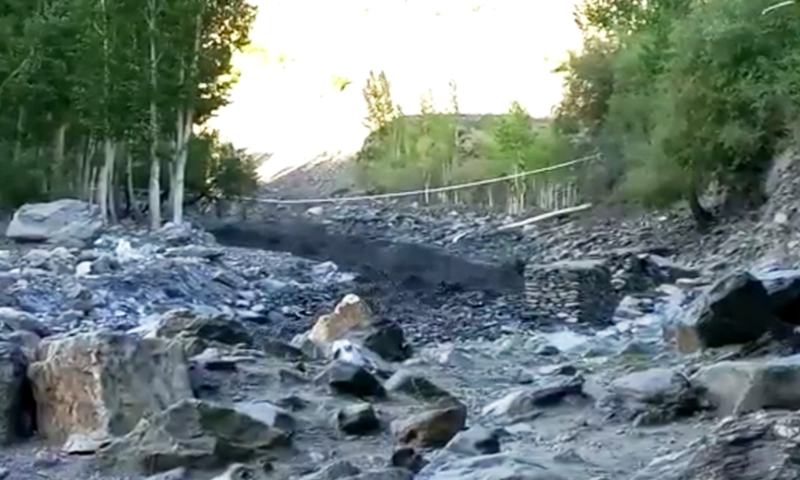The New Civil Rights Movement
June 30, 2022

June 30, 2022

New report debunks narrative that says police used tear gas on protesters to clear way for Trump 'photo op'
A U.S. Secret Service agent referred to the tear-gassed peaceful protestors gathered in Lafayette Park across from the White House in June of 2020 as "rioters," "anarchist[s]," and, apparently, "Anti American Thugs" as he or she wrote fondly of then-President Donald Trump.
The revelation comes via veteran journalist Andrew Beaujon, a senior editor at Washingtonian, who obtained a redacted email in response to his Freedom of Information Act request. Beaujon posted a screenshot of the email Wednesday, apparently in an effort to show Secret Service agents are not non-partisan. Two allegedly are pushing back against Cassidy Hutchinson's testimony from Tuesday, before the U.S. House Select Committee on the January 6 Attack. Through a source the agents who were close to Trump are reportedly claiming he did not grab the steering wheel or lunge at one of his Secret Service drivers.
Hutchinson testified she was told by an agent Trump "grabbed at the steering wheel" and lunged at the agent's "clavicle."
Beaujon tweeted: "About that Secret Service pushback: Here's a redacted message from someone in the Uniformed Division, White House Branch, in response to my FOIA for Secret Service emails during the 2020 protests by the White House."
"I have been out their [sic] on the front lines face to face with the rioters/anarchist[s]," the email reads. "Yesterday President Trump proudly walked across Lafayette Park going to the recently damaged St. John's Church. Together with high ranking administration officials the President was photographed with Bible in hand in front of the Church. After the photo he marched backed to the White House symbolizing Anti American Thugs."
While the wording is strange it seems clear the agent is a supporter of Donald Trump and opposed U.S. citizens exercising their First Amendment rights, just as they were being gassed.
One year after the incident, during which Trump was highly-criticized, an Inspector General's report raised additional questions, as Vox reported in June of 2021.
One senior White House official at the time said the Trump White House was "celebrating" the tear-gassing of the protestors.
A U.S. Secret Service agent referred to the tear-gassed peaceful protestors gathered in Lafayette Park across from the White House in June of 2020 as "rioters," "anarchist[s]," and, apparently, "Anti American Thugs" as he or she wrote fondly of then-President Donald Trump.
The revelation comes via veteran journalist Andrew Beaujon, a senior editor at Washingtonian, who obtained a redacted email in response to his Freedom of Information Act request. Beaujon posted a screenshot of the email Wednesday, apparently in an effort to show Secret Service agents are not non-partisan. Two allegedly are pushing back against Cassidy Hutchinson's testimony from Tuesday, before the U.S. House Select Committee on the January 6 Attack. Through a source the agents who were close to Trump are reportedly claiming he did not grab the steering wheel or lunge at one of his Secret Service drivers.
Hutchinson testified she was told by an agent Trump "grabbed at the steering wheel" and lunged at the agent's "clavicle."
Beaujon tweeted: "About that Secret Service pushback: Here's a redacted message from someone in the Uniformed Division, White House Branch, in response to my FOIA for Secret Service emails during the 2020 protests by the White House."
"I have been out their [sic] on the front lines face to face with the rioters/anarchist[s]," the email reads. "Yesterday President Trump proudly walked across Lafayette Park going to the recently damaged St. John's Church. Together with high ranking administration officials the President was photographed with Bible in hand in front of the Church. After the photo he marched backed to the White House symbolizing Anti American Thugs."
While the wording is strange it seems clear the agent is a supporter of Donald Trump and opposed U.S. citizens exercising their First Amendment rights, just as they were being gassed.
One year after the incident, during which Trump was highly-criticized, an Inspector General's report raised additional questions, as Vox reported in June of 2021.
One senior White House official at the time said the Trump White House was "celebrating" the tear-gassing of the protestors.








